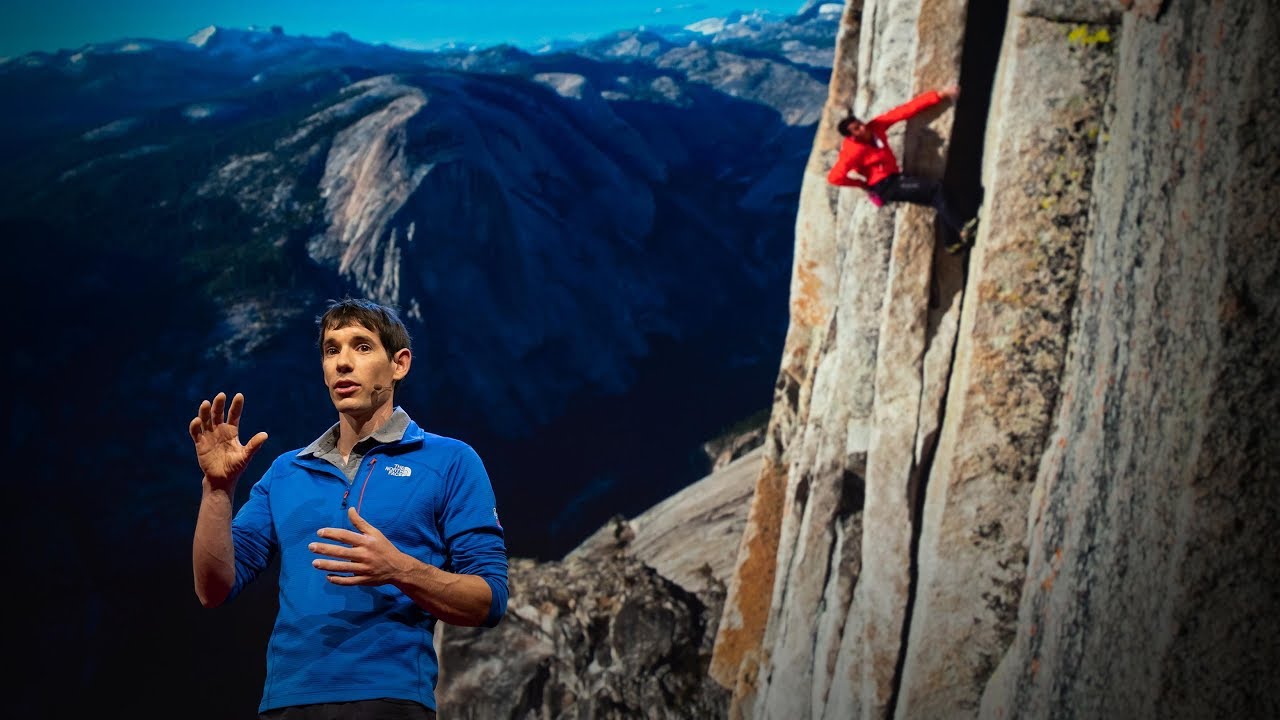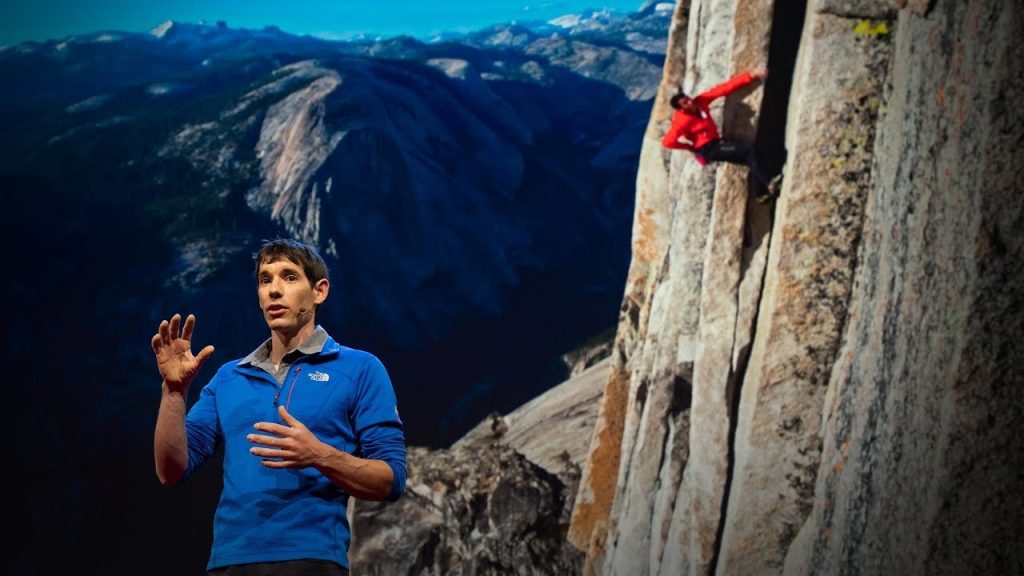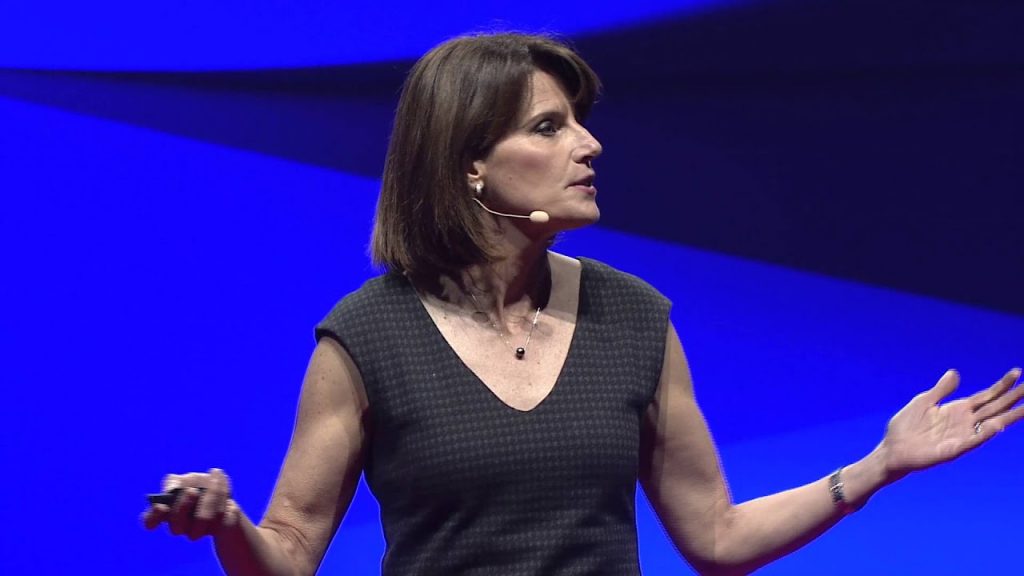How I climbed a 3,000-foot vertical cliff — without ropes | Alex Honnold

Imagine being by yourself in the dead center of a 3,000-foot vertical cliff — without a rope to catch you if you fall.
For professional rock climber Alex Honnold, this dizzying scene marked the culmination of a decade-long dream. In a hair-raising talk, he tells the story of how he summited Yosemite’s El Capitan, completing one of the most dangerous free solo climbs ever.
Free soloing is considered one of the most dangerous activities in the world and encompasses the act of climbing without any safety ropes or equipment.
Alex Honnold is a name that resonates with daredevilry and fearlessness. The 35-year-old American rock climber is famous for his free solo climbs, which require scaling vertical cliffs without safety ropes or any protective gear. Free soloing is considered one of the most dangerous activities in the world, as a single slip or misstep can be fatal. Nonetheless, Honnold has won acclaim for his spectacular achievements in the field, including climbing the 3,000-foot El Capitan granite cliff in Yosemite National Park, California, without any assistance.
In June 2017, Honnold became the first person to ever free solo climb El Capitan, a feat that had been considered impossible by many experts. The cliff has an almost-vertical slope and is composed of slippery, razor-sharp granite. The climb takes several hours, and a single mistake can be fatal. Honnold trained tirelessly for months to ensure his body was in peak condition for the climb. He also conducted several practice climbs to get a feel for the rock’s surface and contours.
Although Honnold had always dreamed of climbing El Capitan, he initially felt overwhelmed by the challenge. He feared that death was lurking around the corner, and every move felt like a life-and-death decision. However, as he began to climb, he fell into a state of intense concentration, where his focus was solely on the task at hand. Every movement was deliberate, and he used only his strength and skill to navigate the granite face.
At one point, Honnold encountered a particularly challenging section of the climb, known as the Boulder Problem. The problem is a 15-foot overhang that requires climbers to move horizontally while staying in a vertical position. Honnold had practiced this section repeatedly, but he knew that any small error could mean certain death. However, he persevered and finally made it past the obstacle, surging ahead towards the summit.
On completion of the climb, Honnold felt a sense of joy and fulfillment unlike anything he had ever experienced. He had conquered a seemingly impossible feat, and he had done it alone, without any assistance. The climb left him with a newfound respect for the power of the mind and body and their ability to achieve the unachievable. It also served as a reminder that the limits of human achievement are boundless, and our only constraints lie within our minds.
In conclusion, Alex Honnold’s climb of the 3,000-foot El Capitan is an incredible example of human resilience and perseverance. Despite the dangers of free soloing, Honnold remained undeterred, determined to achieve his goal. His climb has become an inspiration to many, demonstrating that anything is possible if we are willing to push ourselves beyond our perceived limits. Honnold’s breathtaking climb will be remembered for generations to come, as a testament to the strength of the human spirit.










7 POWERFUL Ways To Improve Your Appearance
Arnold Schwarzenegger Shows His Gym & Fridge | Gym & Fridge | Men’s Health
THE BEST Healthy Food Prep!! Protein Granola, Healthy Carbs, Snacks & MORE!
The Strategy Of The Best Psychologists In The World | “It Works For Boredom and Laziness”
How to know your life purpose in 5 minutes